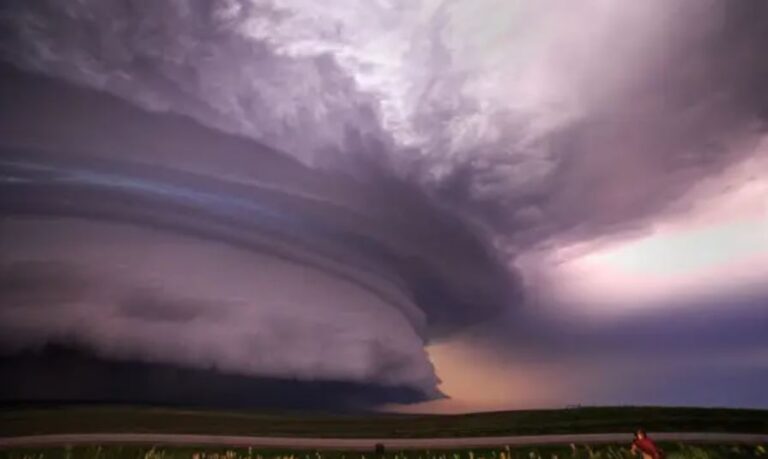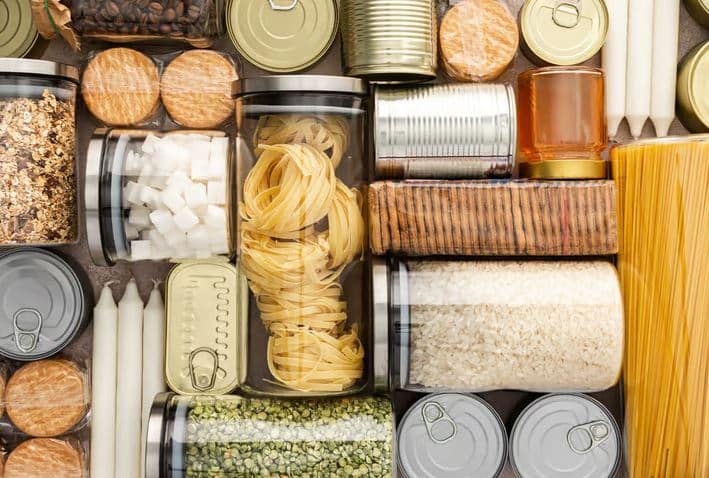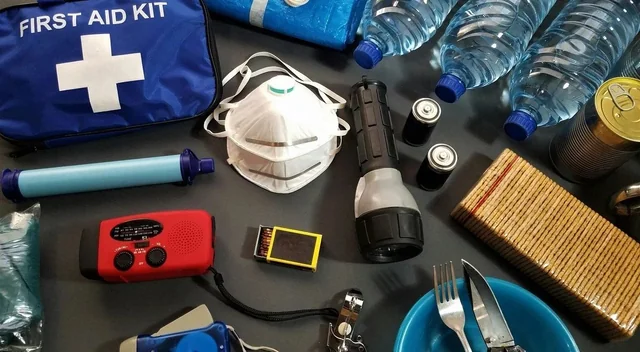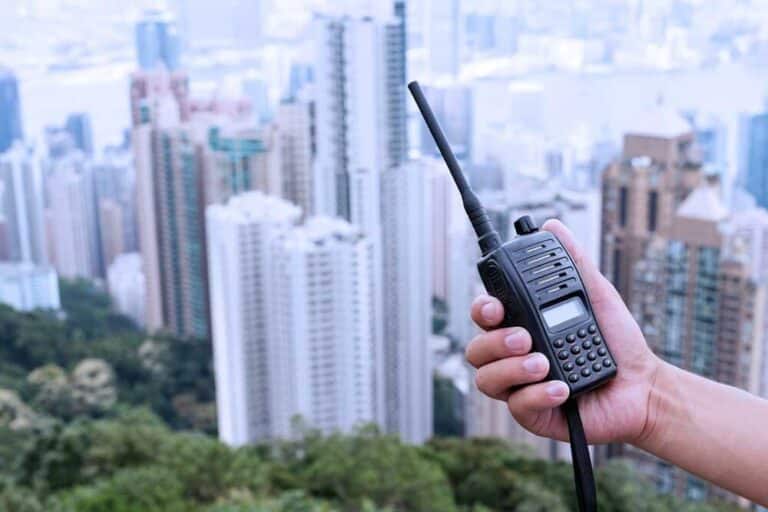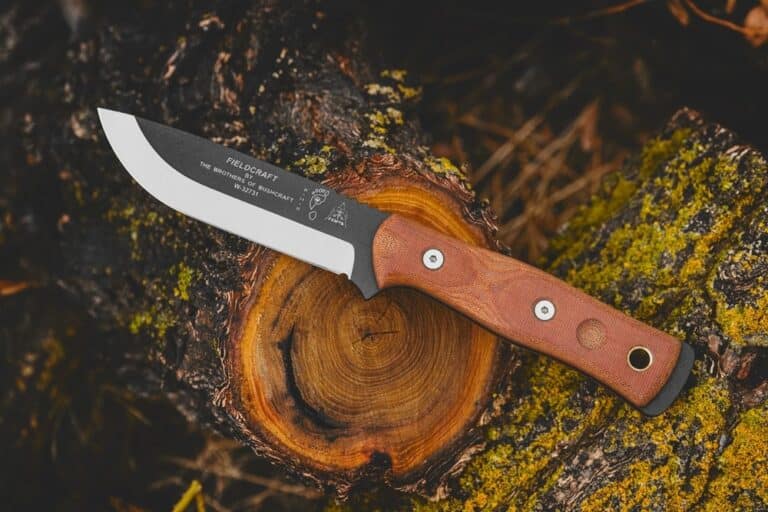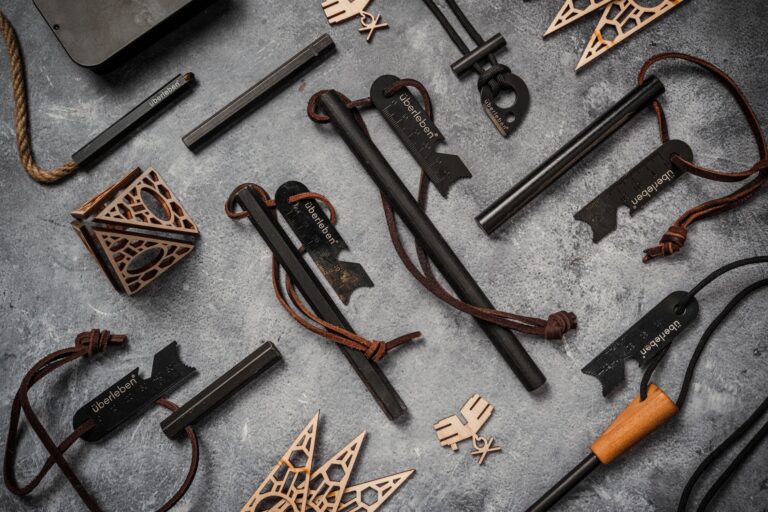Why We Don’t Sell Pre-Packed Emergency Survival Bags (And What to Do Instead)

When it comes to emergency preparedness, one of the most common questions we get is:
“Do you sell pre-packed go bags or bug out bags?”
Our answer is simple: No — and we probably never will.
At Outlast Supply, we believe your personal survival kit should be as unique as your situation. Pre-made kits might seem like a quick fix, but they often include gear that’s irrelevant, ineffective, or completely inappropriate for where you live and what you need. We know it’s tempting. The idea of grabbing a fully-stocked, “ready-for-anything” survival bag off the shelf and being instantly prepared feels good. It scratches the itch for peace of mind. But when you really think about it, survival isn’t one-size-fits-all — and neither is your bug out bag.
We’ve seen plenty of pre-made bags online that are packed with filler — like hand warmers for someone living in Florida, or a mini fishing kit for someone in the Arizona desert. At best, it’s inefficient. At worst, it gives people a false sense of security.
Let’s break down why.
What Is a Personal Survival Kit?
A personal survival kit—often referred to as a bug out bag or go bag—is a curated collection of essential gear that helps you survive an emergency. But here’s the thing: your survival needs are not the same as anyone else’s. Where you live, your health conditions, your climate, your pets, your family size, and your goals all determine what should go in your bag.
And that’s exactly why we don’t sell pre-packed survival bags at Outlast Supply.
We believe survival is personal. We don’t think you should trust your life to a one-size-fits-all approach slapped together for mass sales. Instead, we’re here to help you build your own bag—tailored to your lifestyle and likely scenarios.
Why Pre-Made Survival Bags Miss the Mark
There are dozens of pre-packed “tactical bug out bags” online. Some look sleek. Many boast impressive item counts. But when you dig deeper, you’ll find they’re often filled with:
- Cheap gear that breaks under pressure
- Duplicates of unnecessary items
- Tools meant for a completely different region or environment
- Gear that doesn’t match your skill level
Here’s what they don’t take into account:
1. Your Region Matters
A person living in Arizona has vastly different needs than someone in Maine.
- Hot, dry climates need sun protection, extra hydration, and dust filtration.
- Cold, snowy areas need more insulation, calories, and fire-starting redundancy.
- Coastal or flood-prone zones should prioritize waterproofing, floatation, and evacuation planning.
A generic bag can’t cover all these bases effectively. You’ll either be overpacked with gear you don’t need—or worse, underprepared.
2. Your Health and Physical Needs Are Unique
Got allergies? Diabetes? Asthma? You’ll need medications, backups, and gear to manage it. Have a bad knee or back? Your bag needs to be lighter and your evacuation plan might require mobility aids.
Pre-made kits don’t include prescriptions or medical supplies specific to you. In a real emergency, that’s a dangerous oversight.
3. Your Household Influences What You Carry
Your bag needs to reflect your entire situation:
- Do you have young kids?
- Are you responsible for elderly family members?
- Do you have pets that need food and water?
- Are you preparing for solo survival or group coordination?
Each of those scenarios completely changes what you pack—and how much you can carry.
4. Your Mission Defines the Gear
Not all bags serve the same purpose. Here are a few scenarios to consider:
A. Get-Home Bag
- Designed to get you from your workplace back home
- Needs to be compact, low-profile, and stealthy
- Prioritizes navigation, hydration, and self-defense
B. Evacuation Bag
- For short-term use when you need to leave home quickly (wildfire, hurricane, civil unrest)
- Lightweight but complete enough for 1–3 days
- Emphasizes documents, comms, food, and basic hygiene
C. Wilderness Survival Bag
- For bugging out into remote areas
- Requires shelter, fire-starting, water purification, long-term food, and first aid
- Weight is important, but durability and redundancy come first
Each type of bag has different priorities—and you may need all three. A pre-made bag can’t serve every mission well.
Build a Better Bag: Core Categories for Personal Survival Kit
Rather than buying a generic pre-made bag, we recommend building your own. Here’s how to think about it, and what gear categories to focus on.
1. Fire-Starting Supplies
Being able to start a fire could save your life. Whether you’re staying warm, cooking, or signaling for help, this is non-negotiable.
Check out our full breakdown: What to Pack in a Fire Starter Kit »
Minimum fire kit should include:
- Waterproof matches or a stormproof lighter
- Ferro rod and striker
- Tinder rope or cotton balls in petroleum jelly
- Optional: dryer lint, fatwood, or waxed wood shavings
And remember—always pack your fire kit in a waterproof container.
2. Water and Hydration
You can survive weeks without food. But you’ll be in serious trouble within 72 hours without water.
Options include:
- SOS Water Bags – 5-year shelf life and no need to purify
- Straw Filters – like the Sawyer Mini or similar options
- Water Bottles with Built-In Filters
- Rainwater Collection Kit (especially useful if bugging in during power outages)
Pro tip: Don’t rely on just one method. Always pack redundancy.
3. Food for the Mission
You need calories—but you also need to think practically about space, weight, and water.
Options by situation:
- For fast evacuation: SOS Emergency Food Bars – 3-day supply, no cooking needed
- For weekend survival or camping: MREs – ready-to-eat, self-contained meals
- For long-term bug out: Peak Refuel freeze-dried meals – high protein, light, and cook-in-bag (requires boiling water)
You’ll also need utensils and possibly a compact stove or mess kit depending on what you choose.
4. Shelter and Warmth
Every environment has a worst-case scenario.
- Mylar emergency blankets or bivy sacks
- Tarp with paracord for a quick lean-to shelter
- Compact sleeping bag or quilt (based on climate)
- Hand warmers or body warmers if applicable to your area
Don’t underestimate how quickly hypothermia can become a threat—even in warm climates if you’re wet or exposed.
5. Light and Communication
Being able to see—and be seen—is critical.
- Headlamp or flashlight (with extra batteries)
- Chemical light sticks as backups
- AM/FM or weather radio to stay informed (preferably hand-crank or solar)
- Whistle, signal mirror, or flare for emergency signaling
Consider a compact FRS radio to stay in contact with your group if cell towers go down.
6. First Aid and Personal Items
Skip the dollar store kits. You want a real first aid solution.
- Trauma dressing or pressure bandages
- Gauze, antiseptic wipes, and antibiotic ointment
- Blister care, tweezers, gloves
- Pain relievers, allergy meds, and any prescriptions
- Compact dental hygiene items
- Spare glasses or contacts if needed
Don’t forget feminine hygiene, sunscreen, and bug repellent based on region.
7. Tools and Utility
The right tools can help you build, fix, and defend.
- Fixed blade knife – a true bushcraft knife can help with everything from food prep to shelter building to fire-starting
- Multitool – for repairs, cutting wire, opening cans
- Duct tape, safety pins, zip ties – versatile and lightweight
- Notepad and pencil – for messages, notes, navigation
Optional but useful: folding saw, compact hatchet, pry bar, or crowbar.
8. Documents and Cash
Always have copies of:
- ID, medical info, insurance
- Contacts and addresses
- Local maps (don’t rely on phones)
- Cash in small bills – ATMs might be down
Use a waterproof pouch or Faraday sleeve for protection and privacy.
Build What Works for You
We get it—shopping for gear is easier when it’s pre-packed and ready to go. But real preparedness means thinking critically. That’s why we believe in empowering you to build a personal survival kit instead of pushing a generic, overpriced duffel full of filler.
At Outlast Supply, we’ll help you build a system that fits your lifestyle, region, and skillset. No fluff. No junk. Just what you need to survive—and thrive—on your own terms.

